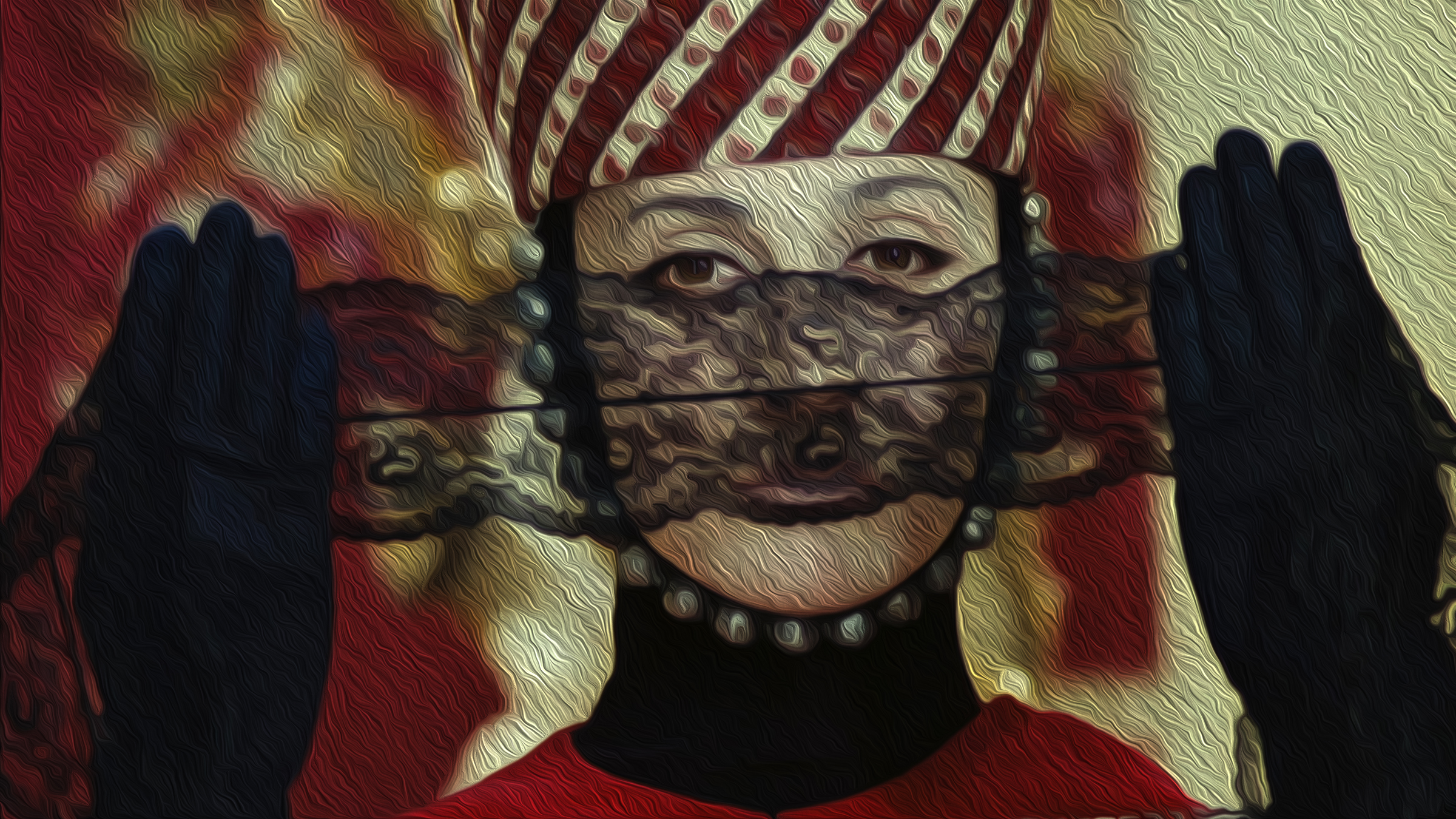
The Color of Pomegranates is a 1969 Armenian film directed by Sergei Parajanov. The film, which depicts the story of an eighteenth-century Armenian troubadour, is not biographical but a poem about the poet’s images. The film uses lots of symbolism and metaphor to depict 18th century Armenia and the poet’s journey.
This makes the film highly poetic and perceptual. Although there may be no specific storyline, The Color of Pomegranates is full of emotive visual language. Instead of using clear language and storytelling practises, the film uses poetry to illustrate the spiritual world of poets.
The Color of Pomegranates was conceived in 1968, during the world-shaking events of the Prague Spring. While politics became increasingly taboo for cinema, the artist’s creative vocation burst with compassionate undertones. Parajanov’s unconventional and unique approach made The Color of Pomegranates famous from its inception and was, at one point, hailed by critic as one of the best films of the Soviet Cold War.
In Parajanov’s masterpiece, two bards are destined to be inserted. One of them is Sayat Nova, on the most famous poets Armenian poets of the eighteenth century, from whom the English translation of The Color of Pomegranates derives its original title. The other poet is Parajanov himself whose personal preferences and private philosophies have been melded into this long dream of eternal and distant history. This long, ritualistic journey is a poetic inheritance from Saya Nova. But the more spiritual energy belongs to Parajanov.
In the film, Parajanov presents an institutional reality. In this seemingly free kingdom, everyone is in his place; each in his own way, diligent in his duties. They step up and down on their respective wooden ladders. They pick out a piece of fabric at their dyeing vats. They keep spinning at their respective machines. Even the horses have a fixed path. To Parajanov, this may seem like the peace and tranquillity of age but, more than that, it is the great sadness of age. At this moment, the young man as a bard, half asleep, also drifts towards a strange and distant self.
The characters of labour, reading, showing love, baptism, slaughter, war, prayer, even death – each expression seems to be historical figure going through a ritual, without warmth. Perhaps their body heat has long been diluted by the beauty of the scenery, and the warm tones of the images are their temperature. It is no coincidence that Parajanov’s style is one that Hollywood – which is all about stars and performances – certainly does not understand. Like Parajanov, the French director Robert Bresson at one time refused to allow his actors to act. In his films, all actors were expressionless. The difference, however, is that, for Bresson, this is about the authorship of the film. Whereas, Parajanov is interested in a ritualistic depiction of a still life of the times. In the ritual, the characters have no joy or sorrow. Their expressions are shrouded in a sense of solemnity. Perhaps, as some have speculated, the temperature of The Color of Pomegranates is even more internal; conveyed not through the expressions of the characters, but through their hearts. As Parajanov himself says: ‘I don’t try to tell the life of a poet, but to recreate the inner world of a poet.’
In The Color of Pomegranates, from the poet’s childhood to the poet’s youth and to the funeral after the poet has been killed, the journey of life is a long one. This should be the case with all lives but, in the film, it feels different. In this unique dream of the poet’s life, we seem to see our shadows, burned inch by inch into the poems.
Written for The Film Dispatch by Xinjing Wang.

